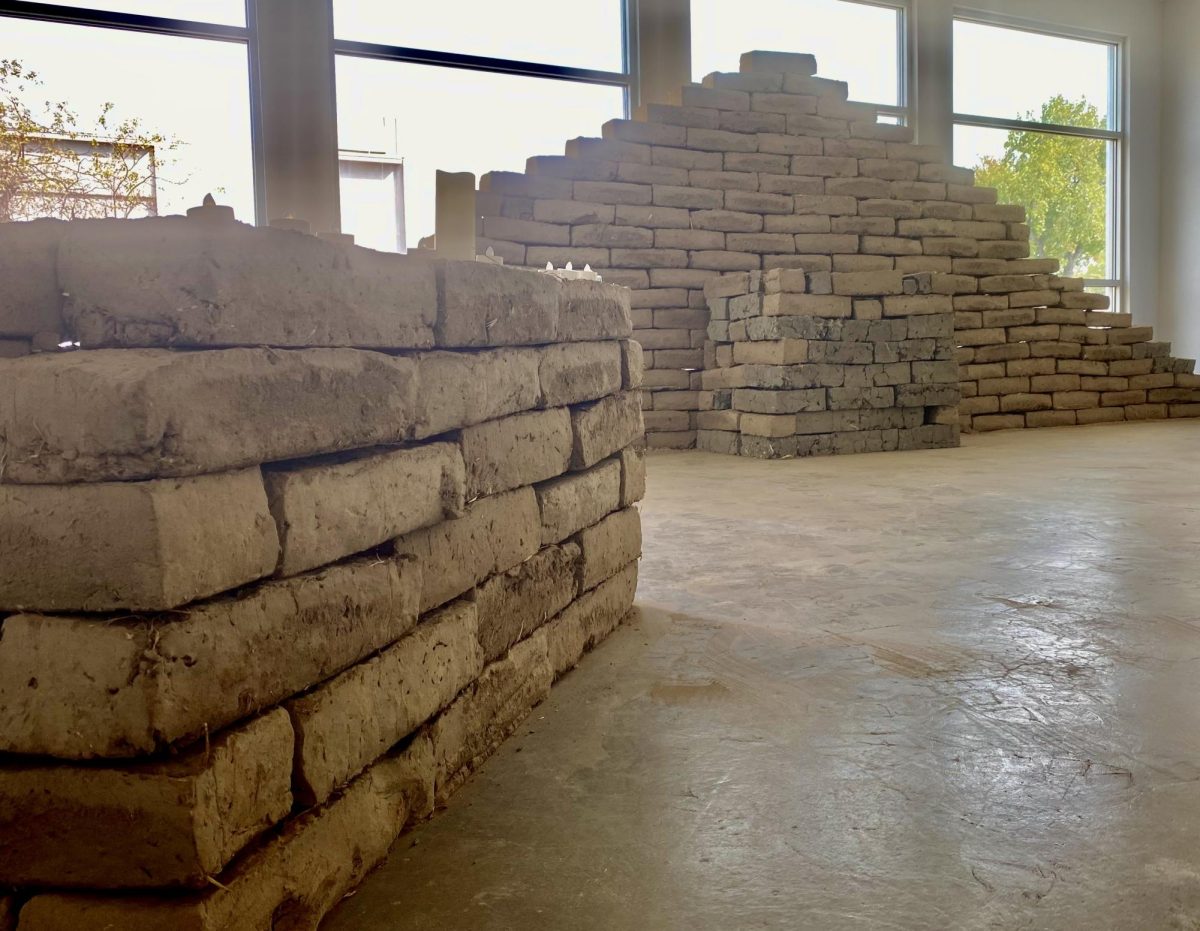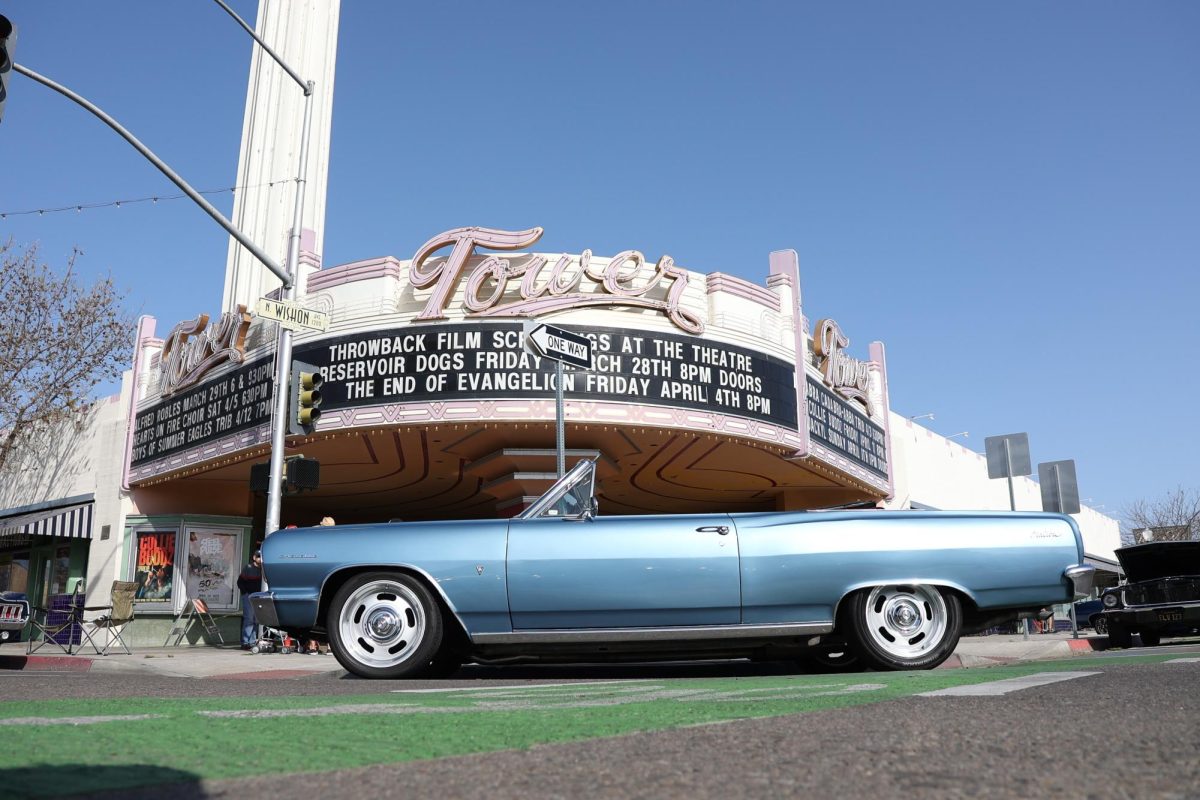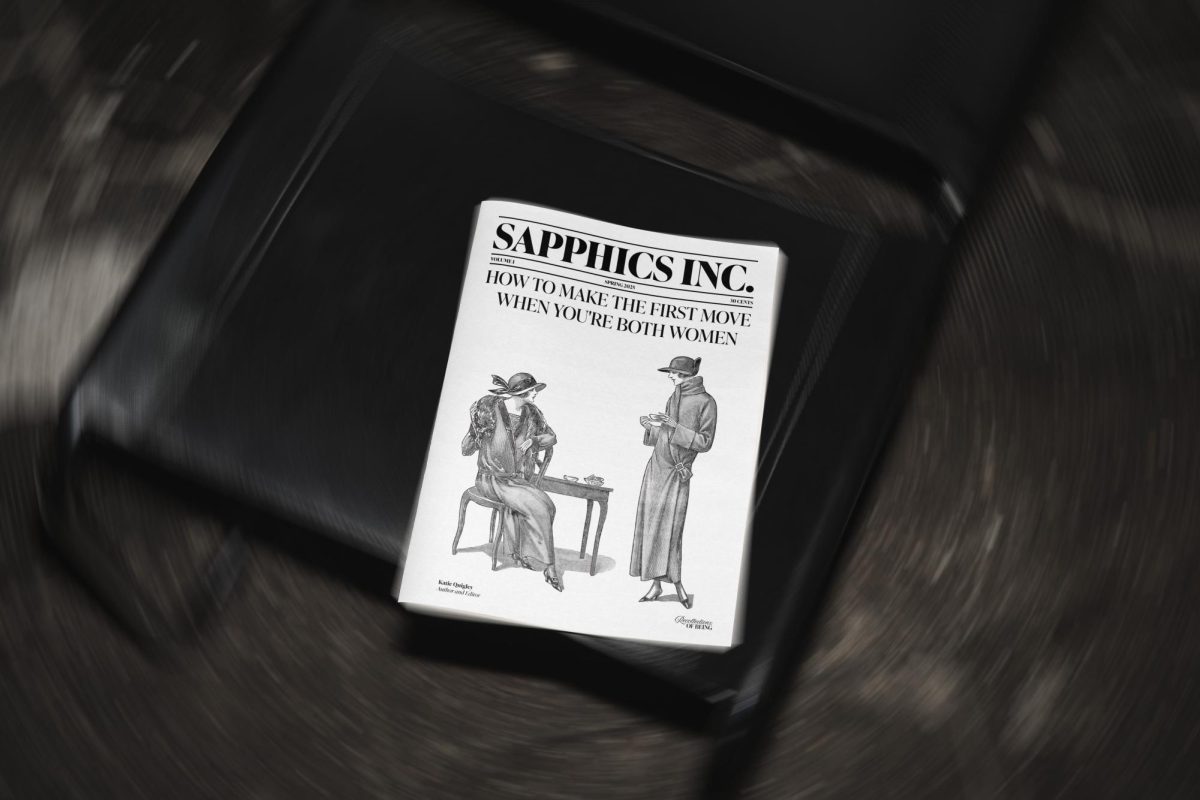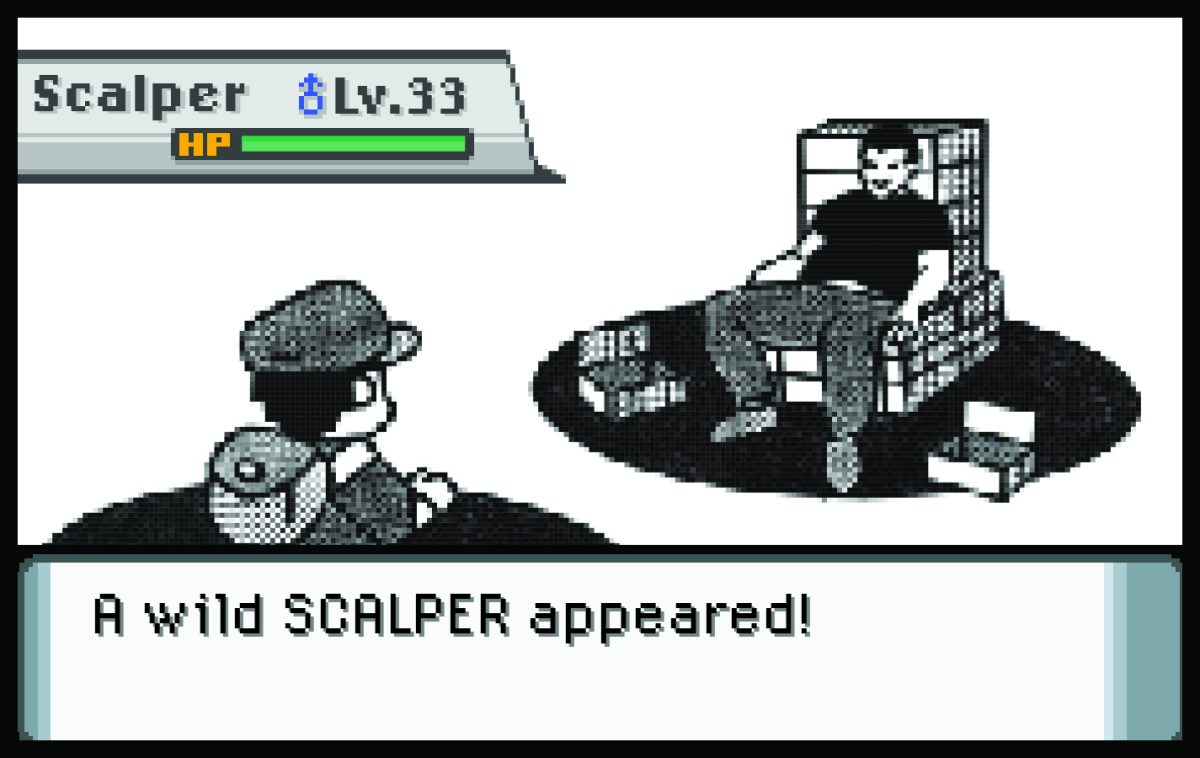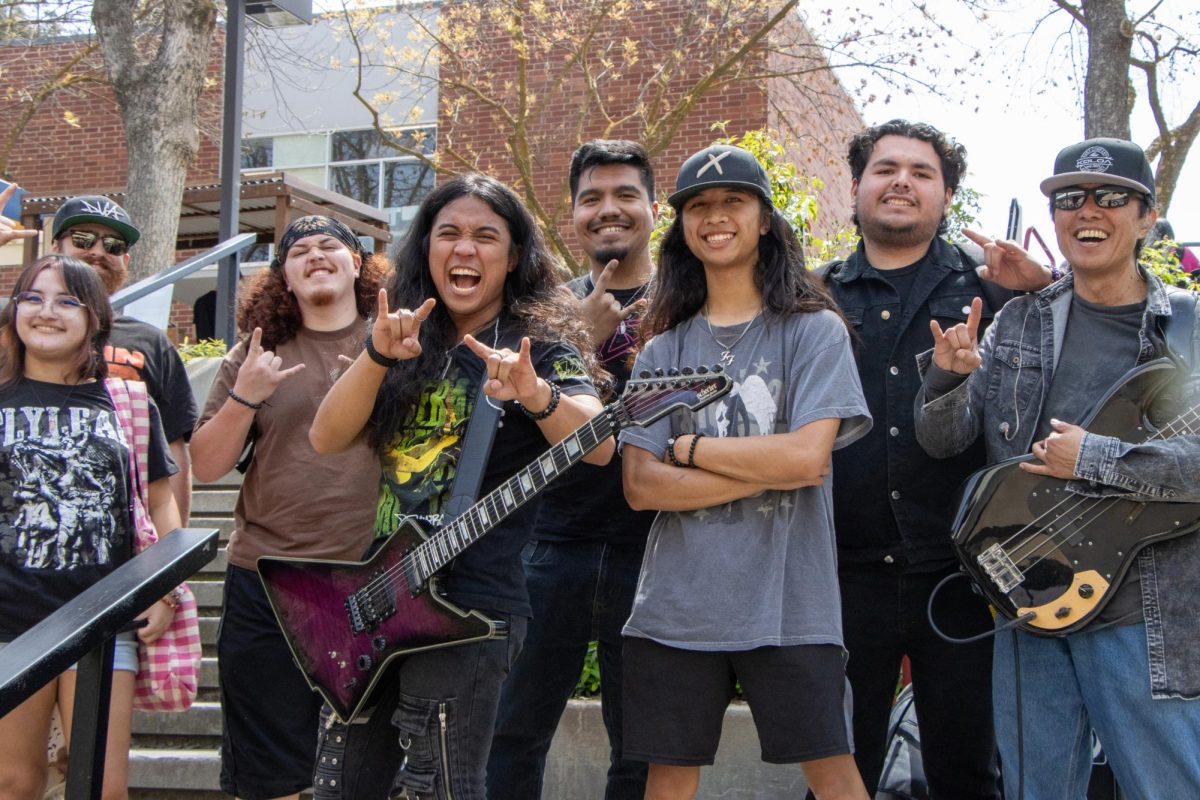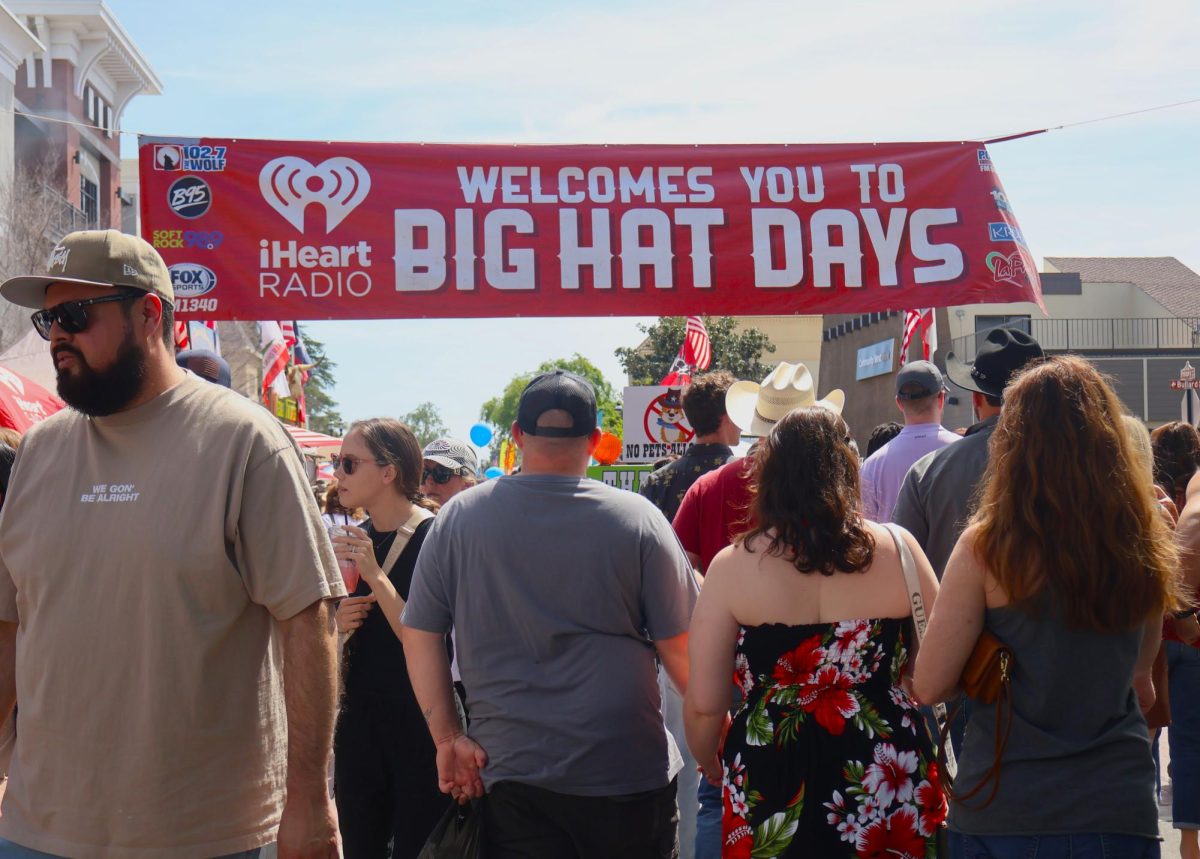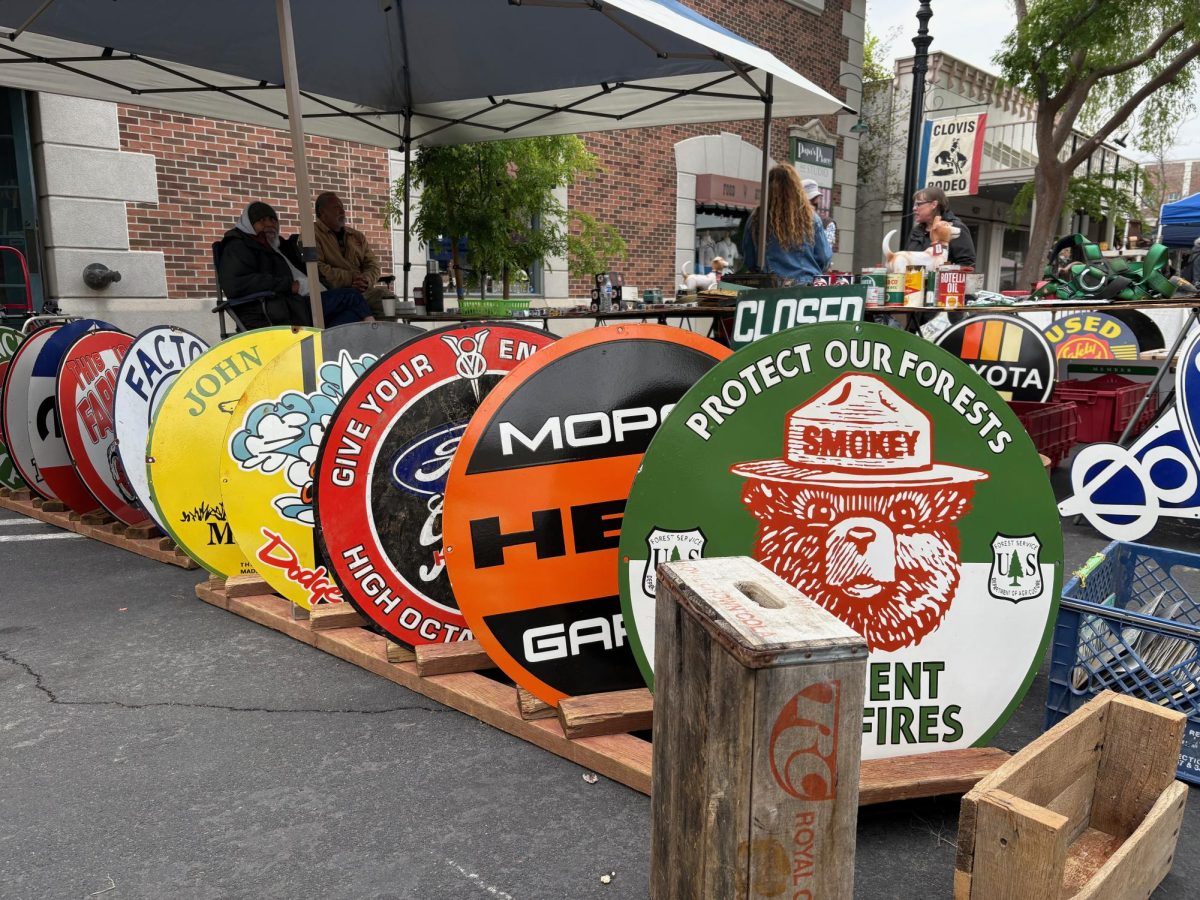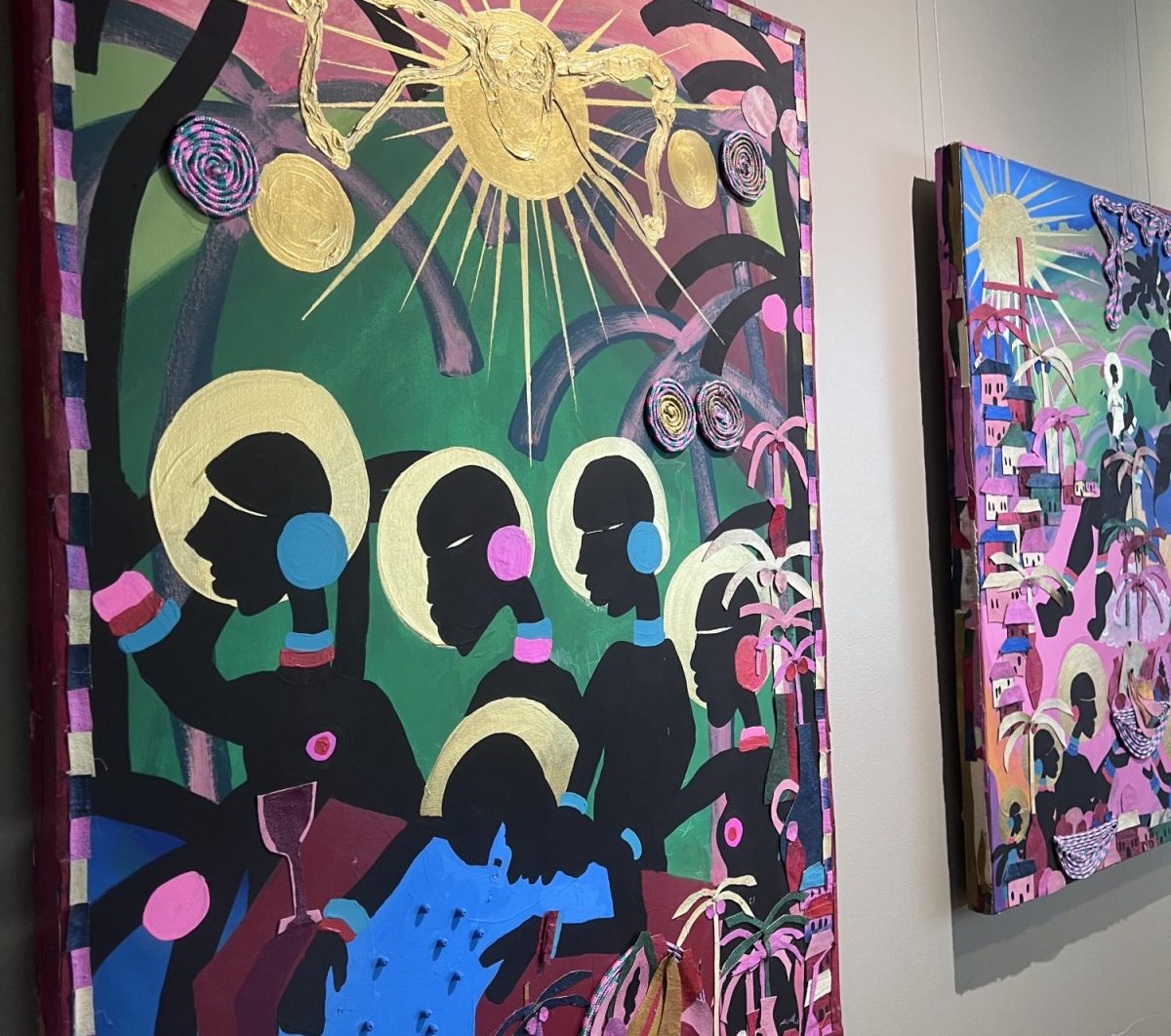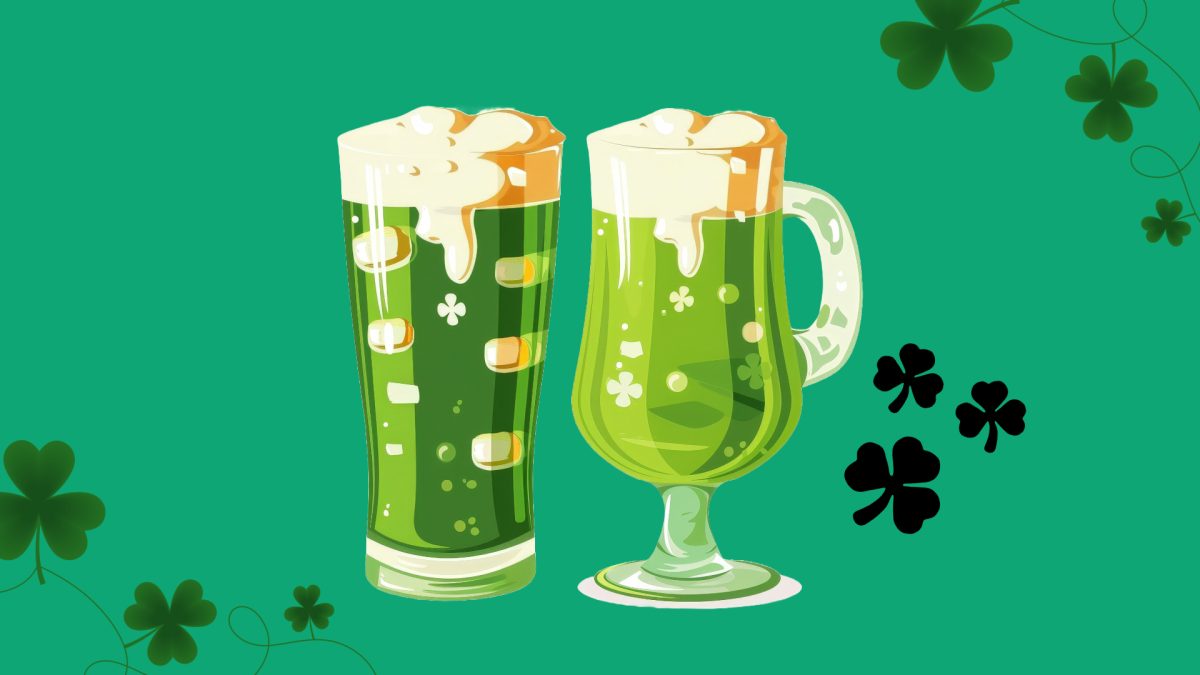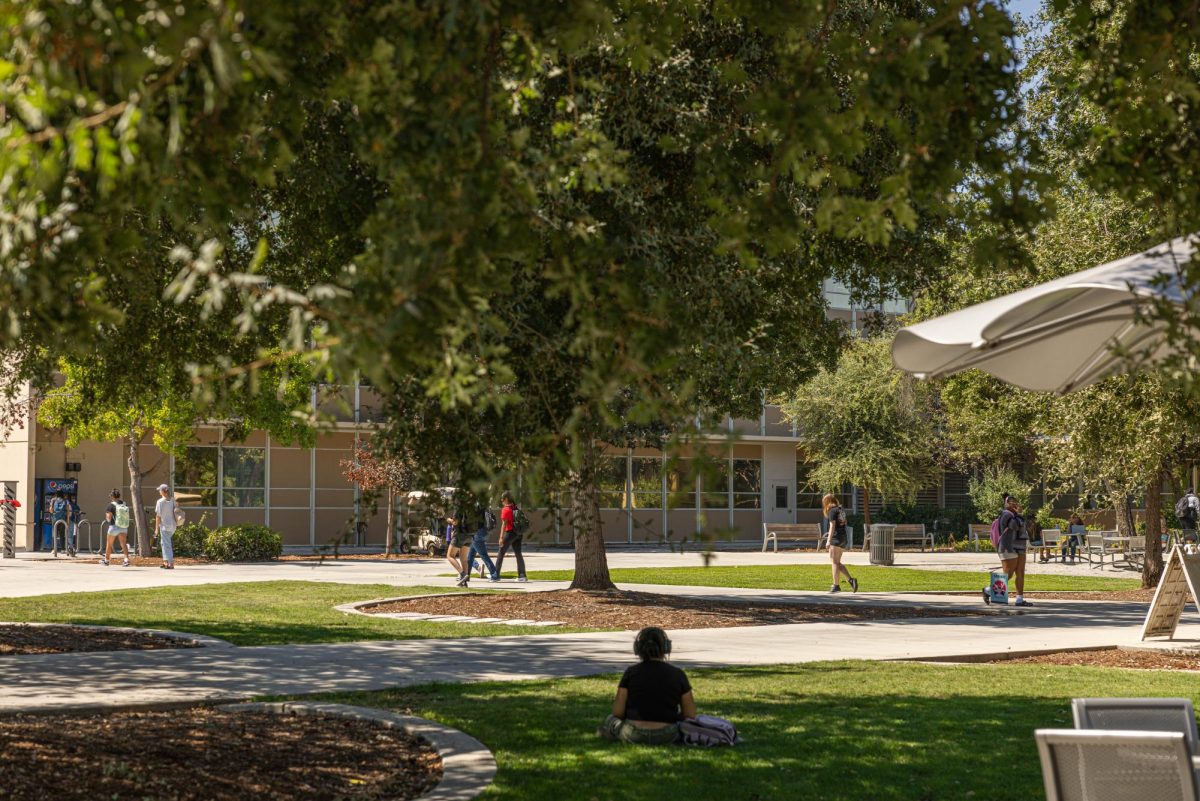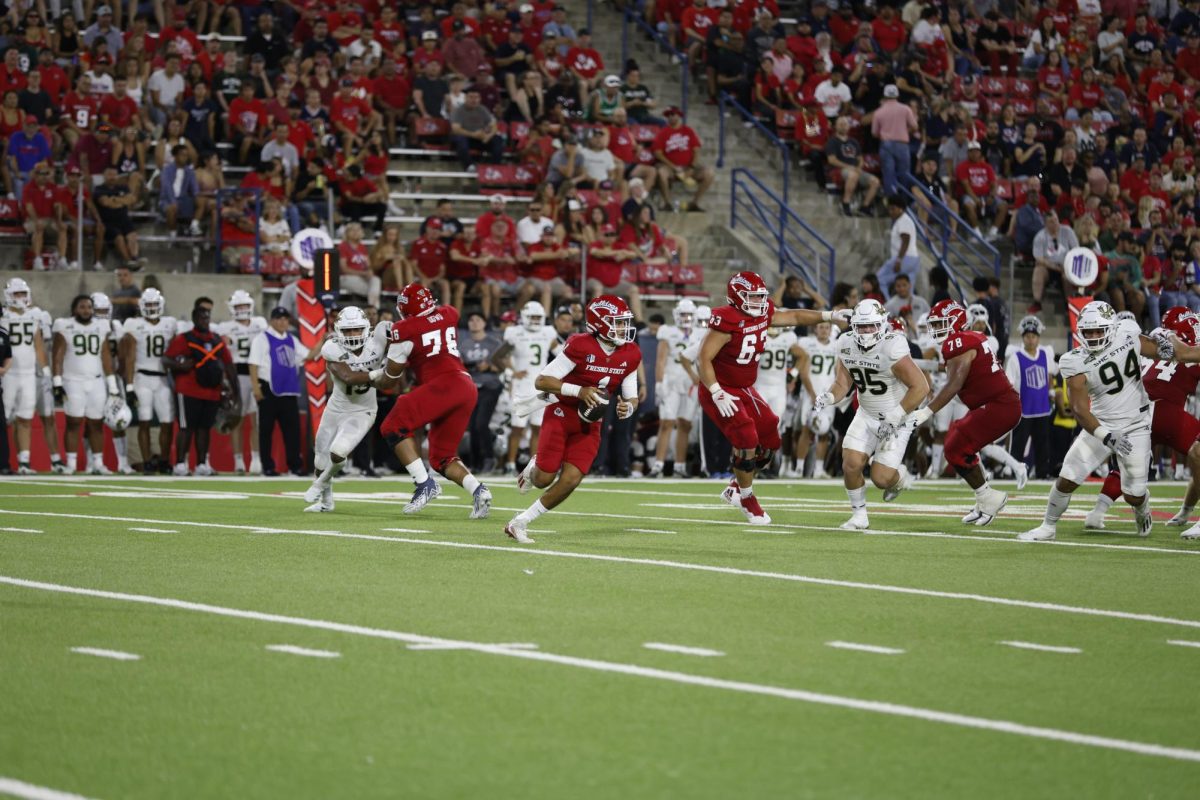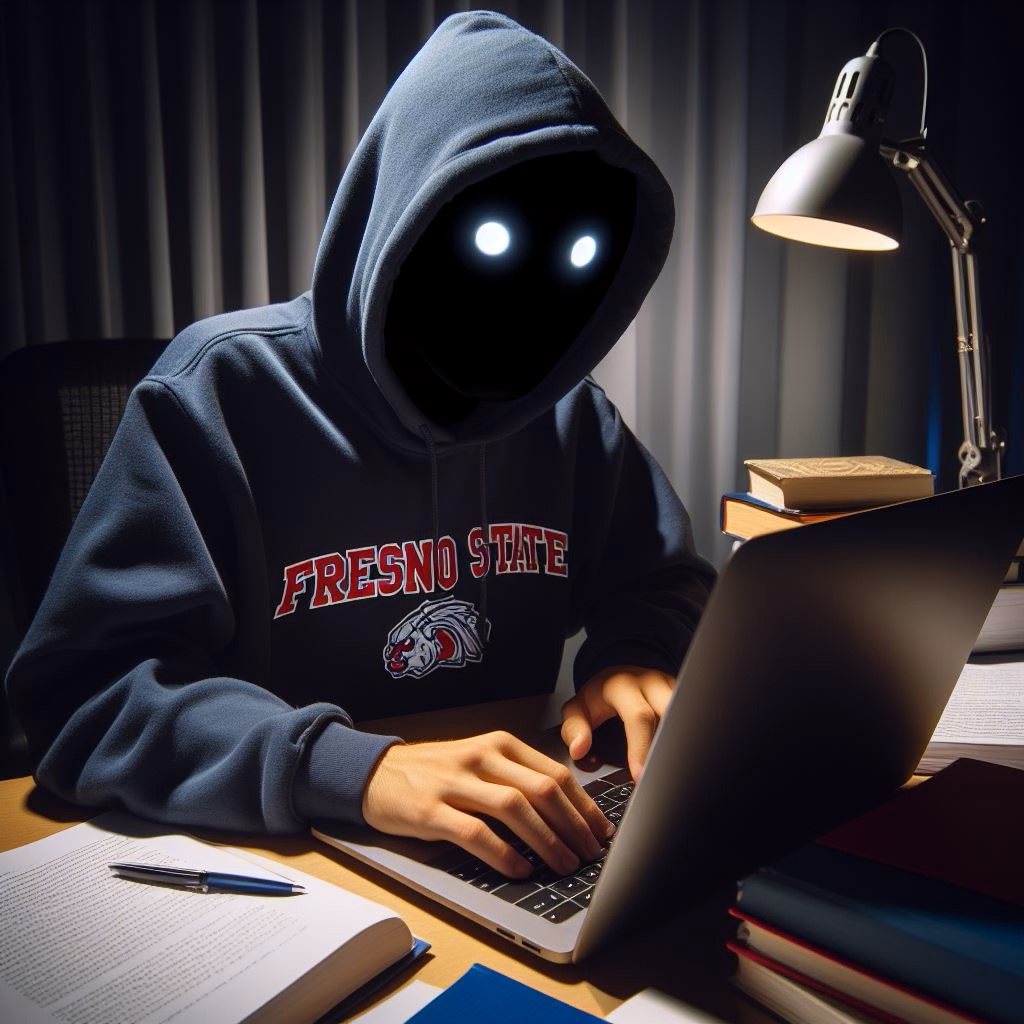With their hands deep in mud, staff, students, Fresno residents and artists worked together to duplicate the 10,000-year-old tradition of making adobe bricks on Fresno State’s campus, producing around 400 bricks in four days.
“There was a lot of involvement, and many hands touched these adobes, connecting people to their roots and family histories,” said Associate Professor Adán Avalos, who teaches in the Media, Communications and Journalism, and the Art, Design and Art History Departments.
Avalos successfully brought adobe-making to the campus after pitching the idea to Chris Lopez, director of the Center for Creativity and the Arts. The pair connected quickly over the idea and got to work.
Avalos will use the handmade adobe bricks to build an ofrenda at M Street Arts Complex in Fresno for his Días de Los Muertos celebration on Nov. 1.
“It’s not about mourning, but celebrating the lives of our loved ones,” Avalos said.
Ofrendas are a special type of altar in Mexican culture, usually adorned with candles, family photos, favorite foods of passed loved ones and marigold flowers.
“The idea is to offer what they loved in life,” Avalos said. “Flowers, especially marigolds, are significant because of their vibrant colors, which are said to attract their spirits.”
Avalos is dedicating his ofrenda to his parents and marking the 20th Anniversary of his mother’s passing. He was born in a small adobe house in Mexico, built by his mother.
“Adobe connects me to the earth and to my mother. It grounds you, it’s about the earth, the dirt, life, everything right beneath your feet,” Avalos said.
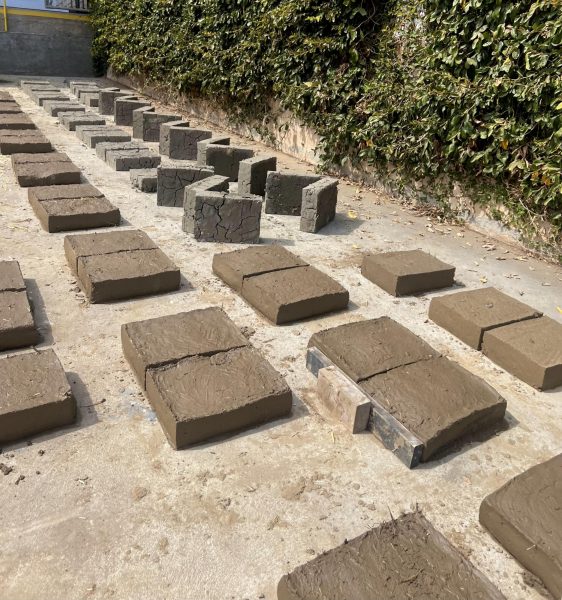
According to Avalos, this was not the first time he has made an adobe ofrenda, but the participation of students, faculty and even the university’s president Saúl Jiménez-Sandoval, who is a first-generation college student born in Mexico, made this brick-making stand out.
“Seeing the president being moved by it was powerful. I knew it would resonate with a lot of people, but witnessing that was special,” Avalos said.
Sandro Canovas, a longtime friend of Avalos and an adobe artist from Marfa, Texas, helped Avalos teach each group of volunteers how to mix the dirt, clay and straw for the perfect consistency.
“I’ve worked with Sandro for over 10 years. His dedication to preserving this tradition is incredible, and he played a key role in teaching the participants,” Avalos said.
Canovas’ career focus is on preserving adobe culture and helping adobe homeowners fight legal battles in West Texas, where adobe homes are highly valued and taxed up to 57% more than homes built from other materials. Canovas said adobe home owners are taxed regardless of how old their home is and for having as little as one adobe wall.
For Avalos, the success of the adobe brick-making project centered around people from different walks of life coming together, working side by side and creating lasting connections with each other.
For Fresno resident Dante Parks, a realtor who participated in this year’s adobe-making, it was an opportunity to connect back to his culture.
“As a Latino, it’s part of my heritage. There are adobe houses in my mom’s hometown.” Parks said. “It was cool to know my ancestors used this material and to think about their ingenuity in making houses this way.”
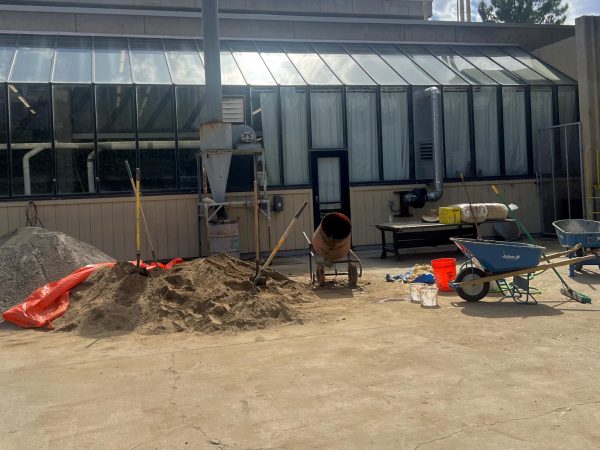
Jaydon Hurtado, a senior history major, also decided to get knee-deep in the mud.
“On the first day we had to mix the adobe with our feet. It was messy and really tiring, but doing it together made it fun.”
Mixing adobe barefoot is a technique started by ancient Aztecs and is still used worldwide where tools like cement mixers are not accessible. Traditionally, horse manure is added to bind the mixture, but Avalos used straw instead.
“You mix everything together, put it into a form, lift the form and let the bricks dry,” Avalos explained. “The sun takes its time drying them, then you flip them to let them dry completely.”
Avalos constructed the ofrenda this past week at M Street Arts Complex, located at 1419 M St. in downtown Fresno, and the public can view it tonight at the Días de Los Muertos celebration beginning at 5 p.m., and it will remain open until 8 p.m. This experience will be free for all community members to celebrate their loved ones.
Avalos hopes to continue the Días de Los Muertos traditions in the years to come, as well as expand into various other types of traditional practices and events.
“Seeing people come together to create something meaningful strengthens our bonds and reminds us that collaboration is a part of our culture,” Avalos said.




